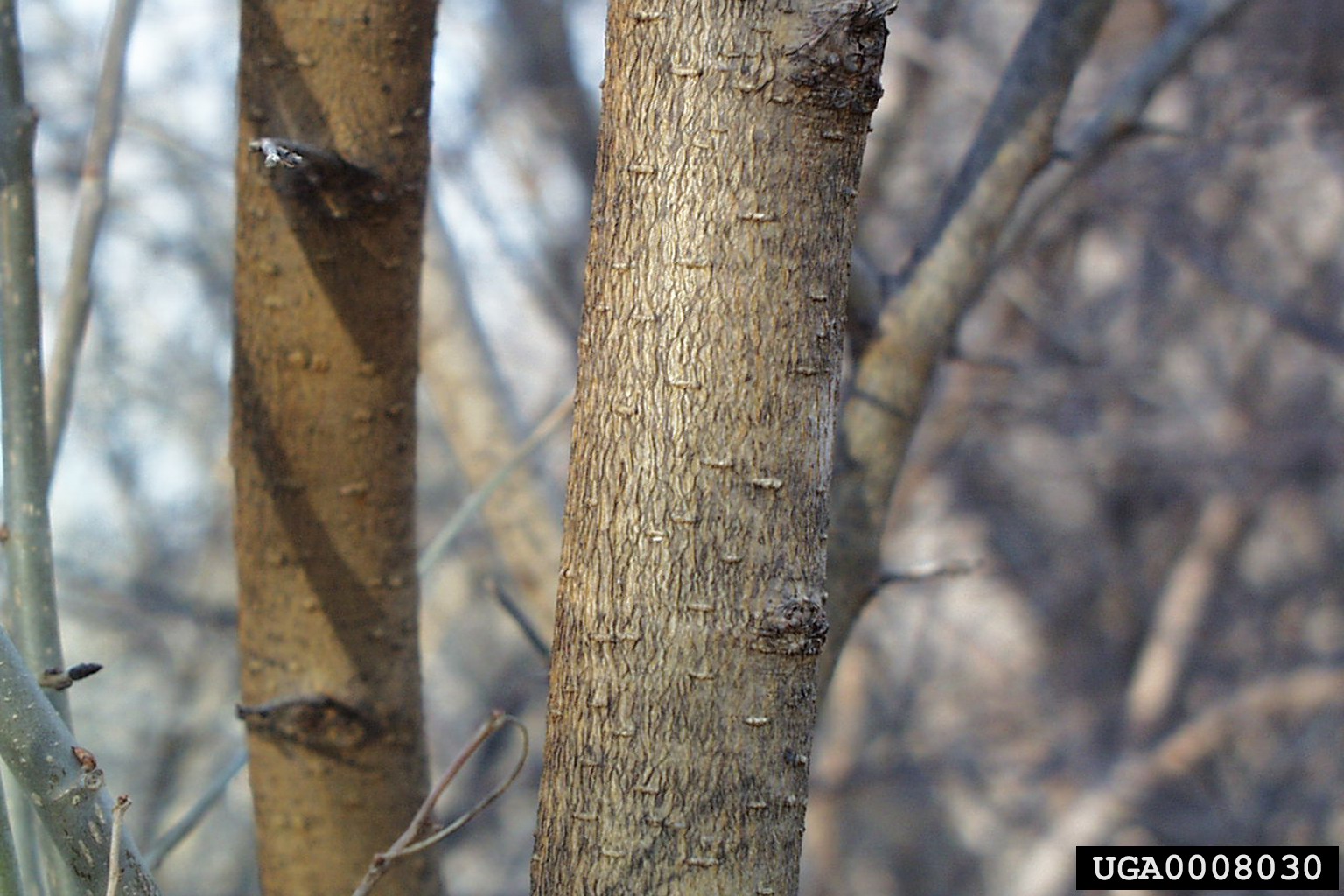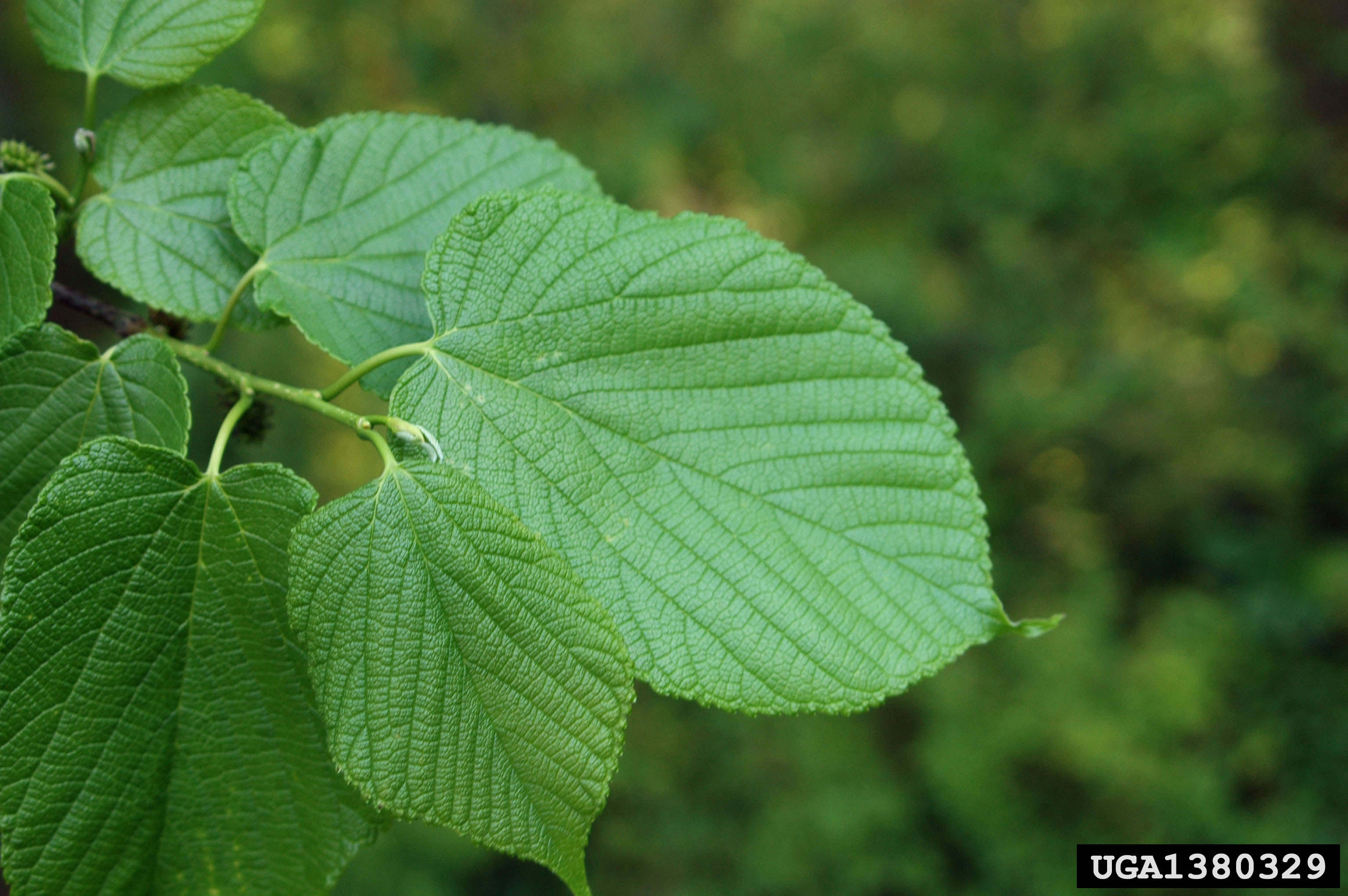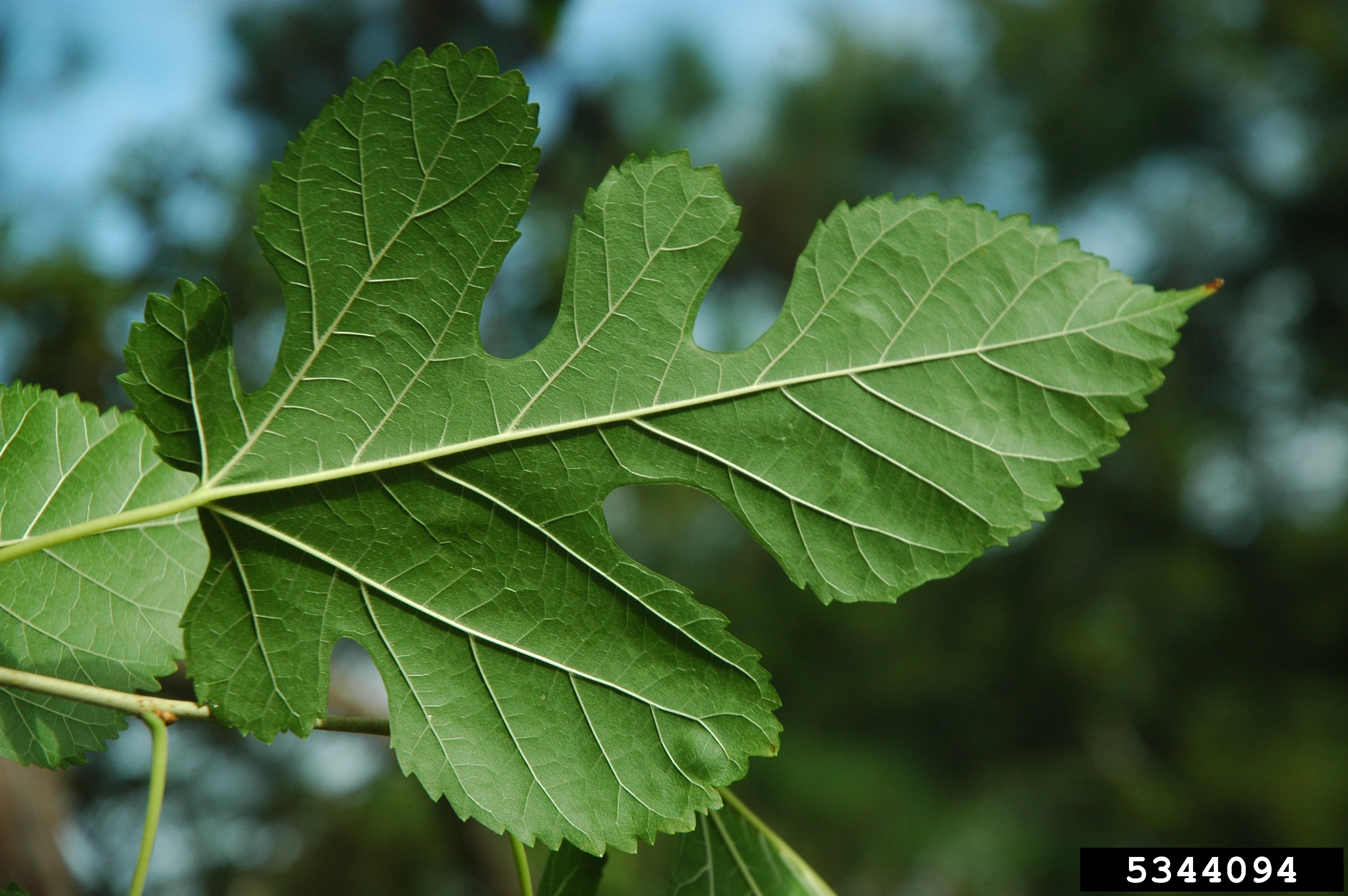Invasive Watch: Mulberry

While they’re celebrated for the fruit and shade they provide, mulberry trees can grow to threaten biodiversity and roadway safety. Learn how to identify and control them effectively.
While they’re celebrated for the fruit and shade they provide, mulberry trees can grow to threaten biodiversity and roadway safety. Learn how to identify and control them effectively.
As a deciduous species capable of thriving in a variety of well-drained soil types (including sandy, clay and loam), mulberry trees (Morus spp.) can be found in each of the lower 48 states (except Nevada) — especially in mild, subtropical and tropical climates. In addition to being recognized by their unique foliage and wide diameter, mulberry trees often invade forest edges or open areas, leading to the displacement of low-growing native plant communities that can otherwise enhance roadway safety and the integrity of transportation infrastructure.
Three primary variations of mulberry trees can be found throughout the United States: red (Morus rubra), white (Morus alba) and black (Morus nigra). These trees feature short, crooked trunks with ridged bark that is light tan when they are young and turns to golden brown as they mature. While each species can grow anywhere from 20 to 40 feet wide, their heights can help you identify one from the others. Red mulberry is the tallest, growing up to 80 feet tall. Comparatively, white mulberry grows up to 60 feet tall, and black mulberry rarely exceeds 30 feet in height.

Paul Wray, Iowa State University, Bugwood.org
Two of the easiest ways to identify mulberry trees are to examine their fruit and leaves. In the spring, mulberry fruit will appear green, white or pale yellow with clusters of tiny fruits, each of which contain a seed. As the fruit ripens, it will turn pinkish red before turning dark purple or black. When ripe, mulberry fruit will measure approximately 1 inch long and possess a blackberry-like appearance.
It’s also worth noting that mulberry trees are polymorphic, meaning they can feature up to three different leaf shapes on a single branch. Most leaves are oval- or glove-shaped with up to three lobes. Regardless of shape, all mulberry leaves are glossy and light or dark green with serrated edges. While the leaves of black mulberry are heart-shaped at the base and measure up to 5 inches long, the following characteristics can be used to further distinguish one species of mulberry from the next:


Seeds within the fruit of these perennial trees are commonly consumed by birds, which facilitate propagation by digesting and randomly depositing the seeds. This makes it difficult to anticipate mulberry development. As these trees can grow up to 2 feet each year, it’s important to control them while they grow — before they create issues for your program, the public, and the land you manage.
Using selective herbicide applications as part of an Integrated Vegetation Management (IVM) strategy can improve results achieved by mechanical mowing, leading to sustainable control and fewer maintenance requirements. Before spraying, be sure to match your equipment and delivery rate of your spray nozzles with the height and density of the trees you target.
For example, tall and dense brush commonly require the use of a truck-mounted spray gun with spray tips that deliver up to 2 gallons per minute at 40 to 60 psi. Comparatively, backpack sprayers with spray tips that deliver less than 1 gallon of spray per minute are often appropriate for treating shorter brush with low-to-moderate density.
To learn more about the benefits dormant-season treatments can provide to your program, roadway safety and your bottom line, click here. Otherwise, more information regarding best practices for controlling incompatible vegetation throughout utility rights-of-way and adjacent land can be found at Roadside.VegetationMgmt.com.
Tordon® 22K is a Restricted Use Pesticide. Under normal field conditions, TerraVue® is nonvolatile. TerraVue has no grazing or haying restrictions for any class of livestock, including lactating dairy cows, horses (including lactating mares) and meat animals prior to slaughter. Label precautions apply to forage treated with TerraVue and to manure and urine from animals that have consumed treated forage. TerraVue and Vastlan® are not registered for sale or use in all states. Contact your state pesticide regulatory agency to determine if a product is registered for sale or use in your state. Consult the label for full details. State restrictions on the sale and use of Garlon® 4 Ultra apply. Consult the label before purchase or use for full details. Always read and follow label directions.
For over 30 years, Vistas® has covered strategies, trends and stories from across the Vegetation Management industry.